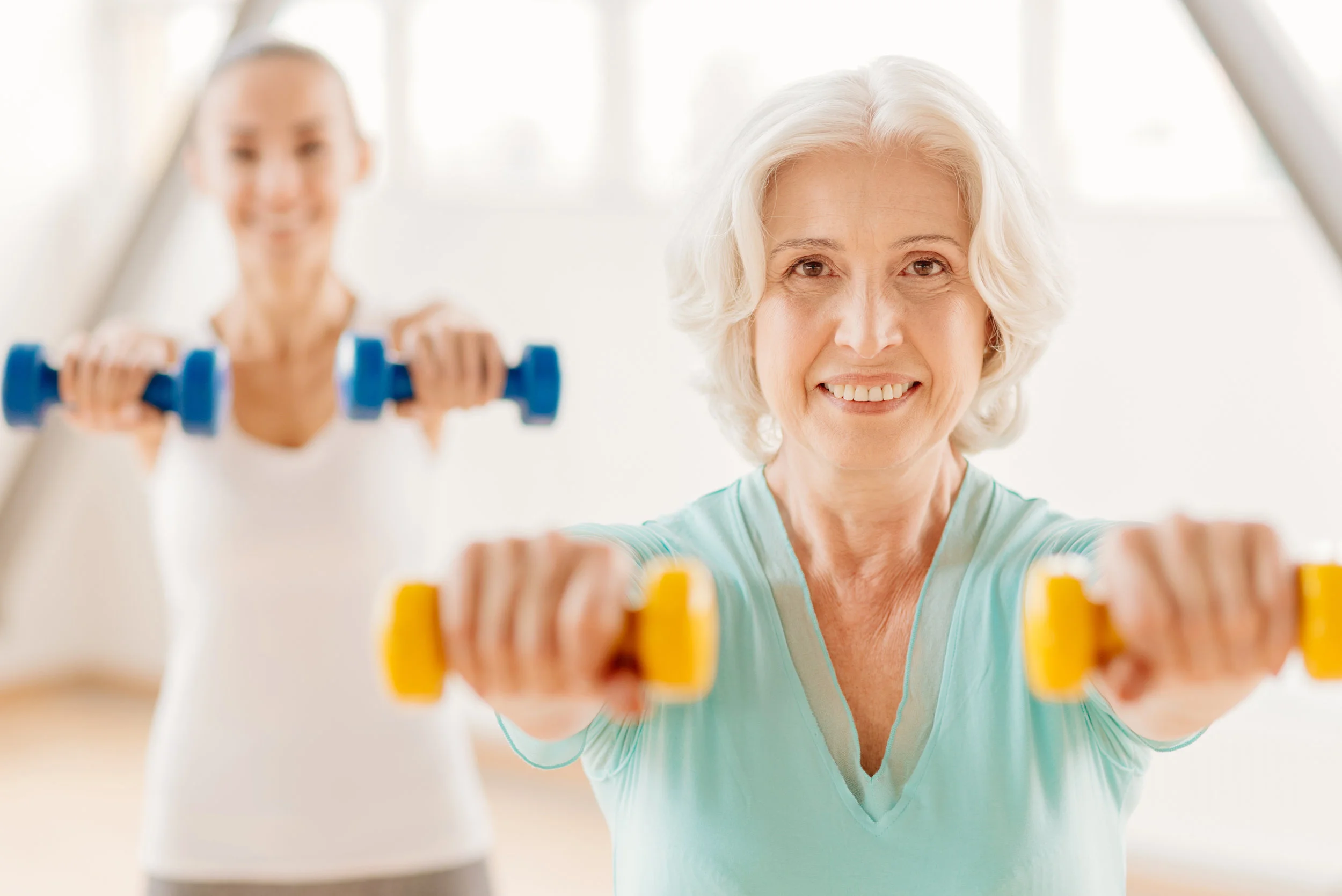I can remember feeling particularly disappointed and confused. Sweaty palms, that sinking in your guts - you know that feeling right? When you’re in a big shopping complex and all of a sudden you’re not sure which way to go? I was with my daughters who at the time were aged 3 and 18 months when we had to do what every parent at a shopping centre must do – navigate the fastest route to the toilet! Certain that I had passed a loo not that long ago, I dispensed with any notion of looking at a sign and went with my gut, picking them both up and briskly walking in what I thought was the right direction. After walking far too far with the angst-ridden cries of toddlers with a certain delicate grip on continence I was pretty despondent when I found myself at a dead end with no lavatory in sight. I had to do what most self-respecting males never want to do – ask for directions – only to be confronted with my worst fear, we were farther from the toilet than we were at the beginning of our current expedition.
Odd isn’t it that sometimes the things we need to do in life feel like the things that at first glance seem to make the least sense? Take recovering from a heart attack for instance. Some 40-50 years ago it was best practice for someone who had recently suffered a heart attack to be confined to bed rest for a considerable period of time. The same goes for most injuries like back pain, and even significant fractures. What we’ve learnt though is that when our drive to protect the body from immediate harm causes us to avoid steady physical recovery, our likelihood of harm is significantly increased.
Similarly counterintuitive is new evidence emerging around two conditions – Osteoporosis and Parkinson’s Disease. With both conditions there is a perception that a steady and gradual decline is inevitable and that preservation and protection are the only lines of action. We’re steadily coming to understand, though, that exercise plays a pivotal role in minimising this decline and even reversing some disease processes. With patients with Osteoporosis we’re carefully devising bone loading exercise strategies that have successfully helped reverse bone mass losses, reducing the fractures we’ve been frantically trying to avoid by instigating a ‘cotton-wool’ strategy. With Parkinson’s patients, having them perform safely controlled brief but intense exercise, amongst other interventions, we’re seeing some patients regain confidence to live independently. Sometimes what feels like the right thing at the outset really does set us up for a longer journey than we needed in the end. Sometimes it pays to ‘ask for directions’!

